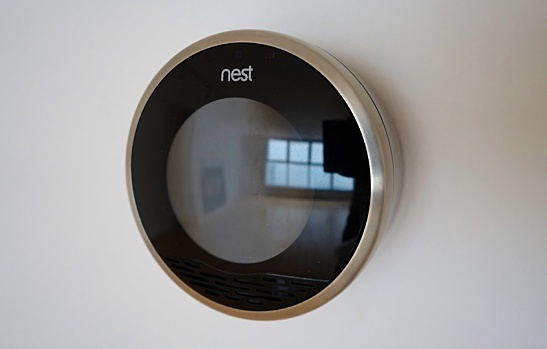Nest, Samsung, and several other major corporations are joining forces to build a new Wi-Fi protocol called Thread, specifically designed to accommodate the growing number of Internet of Things (IoT) devices. Nest is the first high-tech appliance developer, recently purchased by Google for $3.2 billion, and Samsung is both the largest smartphone manufacturer in the world and undoubtedly one of the largest smart-device producers.
Four Goals
Those who have used a local Wi-Fi system know how tedious it is to set up. That’s because the IEEE 802.11 protocol was officially implemented back in 1997, nearly 20 years ago. The world has moved in a very different direction since then; instead of using Wi-Fi specifically for laptops, most users are connected via smartphone or tablet—and a growing number of homes have other connected devices, like smart TVs, thermostats, and even toasters.
Nest, Samsung, ARM, Freescale, Silicon Labs, and others are all joining to create the protocol, which represents how standards like the original IEEE 802.11 or USB were built. Thread noted in a recent press release that it has four goals for the new Wi-Fi: reliability, security, simplicity, and power conservation. Today’s Wi-Fi networks have major holes in all of these areas, mainly because of their age but also because they were never built to withstand dozens to hundreds of mobile devices, but rather a dozen or so laptops, on each network.
Thread therefore will be built for ease of use, since most homes today have a Wi-Fi network. Just like Apple’s AirPort system is extremely easy to use and set up through an app or straight from a computer, Thread will be configurable from a smartphone or computer. It won’t require an IT professional or a technician to set up a home network.
Security is actually the easiest part for the consumer, though the most complicated for the platform. It is likely that Thread will be designed to allow future improvements so that as new security measures become available, the consortium will incorporate them and plug any new holes that emerge.
Finally, power for all devices from laptops to Internet-connected toasters will be based on the requirements of the device, not a standard based on laptops. Most smart devices today do not support high- or low-powered Internet settings; they simply work online. Thread is built exactly for that, so network strength per device is based on the device, not the network, which facilitates better speed and performance per device regardless of the network and device type.
After a recent remodel and redoing my home’s Internet setup, something like Thread sounds like a dream. Not only would it be built with power preservation, security, and quick connectivity in mind, but it would be easy to set up and maintain. It will be a few years before Thread is used in a large number of smartphones and other Internet of Things devices, however, it’s a relief to see the groundwork being laid out now.
Want to learn more about Thread? Read all about it, and the new wireless technology, on the Thread website.
Image courtesy of Flickr
[cf]skyword_tracking_tag[/cf]

